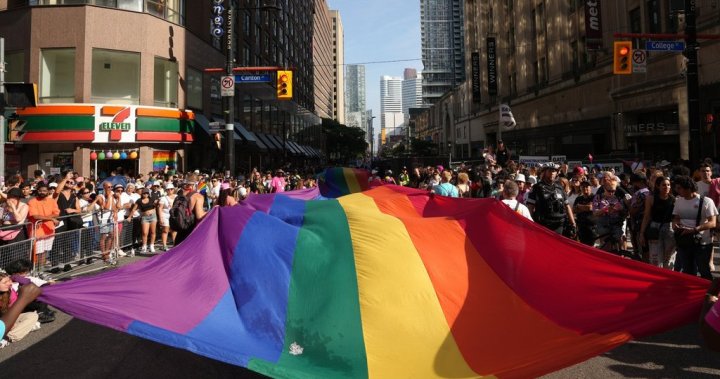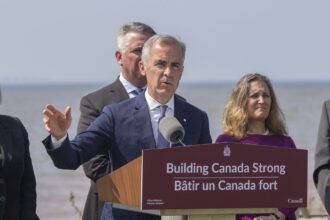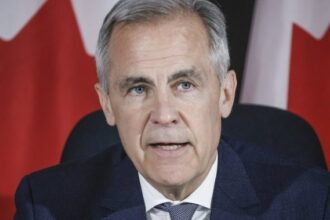As Toronto’s iconic Pride celebration approaches its 2026 milestone, organizers face unprecedented financial challenges that could dramatically reshape one of North America’s largest LGBTQ+ festivals. Behind the vibrant celebrations and rainbow-adorned streets lies a troubling fiscal reality that threatens to diminish the scale and impact of future events.
Pride Toronto, the non-profit organization overseeing the annual festivities, has quietly begun exploring contingency plans that include potential program reductions, scaled-back infrastructure, and possibly charging for previously free events. Sources within the organization reveal that projected budget shortfalls could reach seven figures by 2026, creating what one board member described as “an existential threat to Pride as Torontonians have come to know it.”
“We’re approaching a financial cliff,” said Maya Richardson, Pride Toronto’s financial director, during a recent closed-door meeting with community stakeholders. “The combination of rising costs, uncertain corporate sponsorships, and inconsistent public funding has created a perfect storm that demands immediate attention.”
The economic impact of Pride Toronto extends far beyond the celebration itself. According to Tourism Toronto, the annual festivities generate approximately $250 million for the local economy, supporting thousands of jobs in hospitality, retail, and entertainment sectors. Any significant reduction in programming could send ripples throughout the city’s economic ecosystem.
City officials have acknowledged the gravity of the situation but stopped short of committing additional municipal funding. “We recognize Pride’s cultural and economic significance to Toronto,” said Councillor Dominic Santos. “However, the city faces its own budgetary constraints that limit our ability to increase support beyond current levels.”
Corporate sponsorships, which historically provided about 60% of Pride Toronto’s operating budget, have become increasingly unpredictable. Several major sponsors have reduced contributions amid their own financial restructuring, while others have withdrawn completely following pressure from shareholders or shifting marketing strategies.
Community leaders have expressed concern about the potential impact on smaller Pride-related programs that serve marginalized groups within the LGBTQ+ community. “The headline events like the parade attract corporate dollars, but they also subsidize vital year-round programming for vulnerable populations,” explained Dr. Eleanor Kwon, an expert on LGBTQ+ issues at Ryerson University.
Pride Toronto has launched an emergency fundraising campaign targeting private donors and exploring alternative revenue streams, including merchandise partnerships and digital initiatives. The organization has also begun consulting with successful Pride celebrations in other global cities to identify sustainable funding models.
“This isn’t just about preserving a parade—it’s about protecting a platform for human rights advocacy, cultural expression, and economic opportunity,” said Jordan Taylor, Pride Toronto’s community outreach coordinator. “The political climate makes this work more important than ever.”
As Toronto faces this funding crisis, other Canadian cities are experiencing similar challenges with their Pride celebrations. This suggests broader questions about sustainable funding models for major cultural events in an era of economic uncertainty and shifting corporate priorities.
As Pride Toronto navigates these troubled financial waters, the fundamental question emerges: In a city that prides itself on diversity and inclusion, who ultimately bears responsibility for ensuring the sustainability of cultural celebrations that define its identity? The answer may determine not just the future of Pride, but the character of Toronto itself.


















